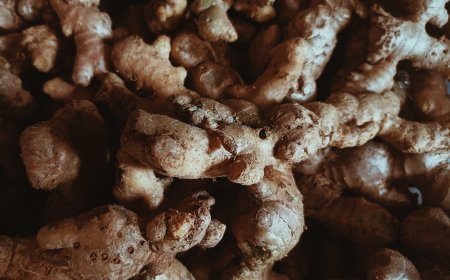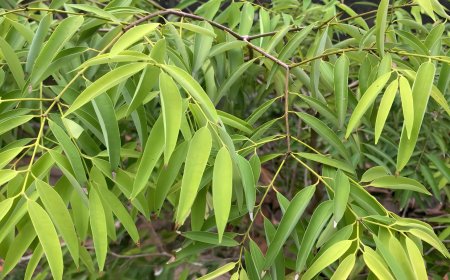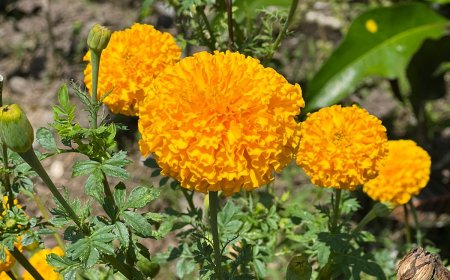Plumeria: Not Only Beautiful Flowers , but The Bark is also Useful
Behind its stunning beauty and calming fragrance, the Plumeria Flower is one of the flowers that has many uses for the Balinese people. This flower, which is often referred to as the Jepun Flower by the Balinese people, is usually used for prayer activities for Hindus in Bali. Apart from that, based on Lontar Usadha Taru Pramana, an ancient manuscript that discusses medicinal plants, the bark or babakan of Jepun Flower can be used as a boreh to treat back pain.
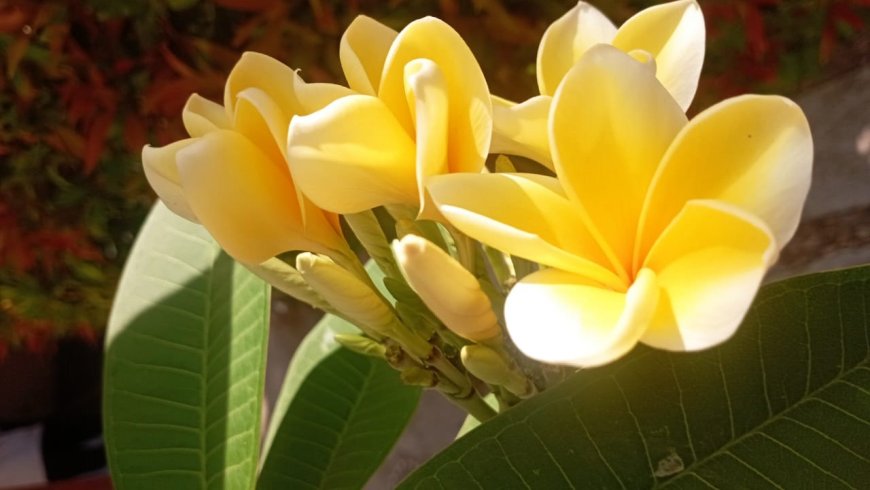
The term "Usadha" refers to the science of traditional medicine passed down from generation to generation which is rooted in Balinese society. Usadha Bali itself has a rich and varied cultural heritage, with a wide variety of medicinal plants and potions that have been used for centuries. The origins and history of Usadha Bali are still not known for certain, however, one thing is certain is that Usadha Bali began to be used by the Balinese people along with the spread of Hinduism on the Island of the Gods. In Hinduism itself, there is a science of medicine, which is included in the fourth Veda, known as the Atharva Veda. In Bali, this knowledge about health is known as Ayur Veda. Ayur Veda is a holistic health science, which emphasizes balance between body, mind and spirit. Usadha Bali also follows the principles of Ayur Veda, using medicinal plants to cure illnesses and maintain overall health.
Usadha usually refers to a lontar, other ancient manuscript, or word of mouth. Usadha Lontar is the main source of knowledge about Balinese Usadha, these lontars contain various kinds of information about medicinal plants, ingredients and how to use them. Usadha Bali has become an important part of Balinese life. Usadha Bali is used to treat various diseases, from minor illnesses to serious illnesses. Usadha Bali is also used to maintain overall health, both physical health and mental health.
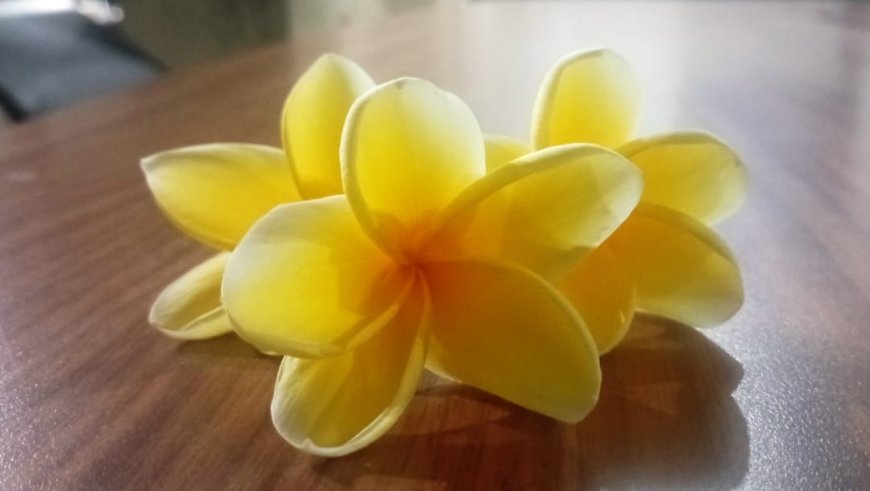
Plumeria Flower (Source: Private Collection)
In general, palm leaves themselves are used as a medium for communication, science and even daily notes. One of the sciences in question is about usadha, for example Lontar Usadha Taru Pramana which was written by Prabhu Narayasa, son of Mpu Kuturan. Lontar Usadha Taru Pramana discusses traditional Balinese medicine. In Lontar Usadha Taru Pramana there are various names of plants for treatment with their respective properties. There are approximately more than a hundred names of plants that can treat various types of diseases with various ingredients in the Lontar Usadha Taru Pramana. One of the plants mentioned in the Lontar Usadha Taru Pramana is the Plumeria Flower, or what Balinese people usually call the Jepun Flower.
Jepun Flower (Plumeria Alba) is an ornamental plant that has beautiful colors and a fragrant smell, this flower is quite easy to find on the island of Bali. This flower is usually used as a means of prayer for Balinese Hindus, apart from that, the Jepun flower also has benefits in the health sector. One of the health benefits of Plumeria flowers is as a medicine to relieve back pain. The bark of the Plumeria flower can be used to make a traditional concoction called boreh, param, or parem. Boreh itself is a traditional Balinese medicine or concoction which consists of various ingredients. Boreh can be used by smearing or smearing it on the part of the body that you want to treat.

Plumeria Bark (Source: Private Collection)
“Titiang taru jepun, daging anget, don ring engket taler anget, akah dumalada, titiang dados anggen tamba sakit bangkiang, ambil babakan tiange anggen wedak, ra, pamor bubuk, ulig raris urapang.”
More or less that is the text written in the Lontar Usadha Taru Pramana manuscript when it tells about the Jepun Tree. If translated into Indonesian, the meaning is more or less as follows.
"My name is the Plumeria tree (Japan), my tree is warm (hot), the leaves and sap are also warm, the roots are medium. "I can use it as medicine for back pain, take my skin as boreh, mix it with pamor (betel lime), powder it then mash it and boreh it."
Based on the definition above, to make boreh to relieve pain and soreness in the waist. Only two ingredients are needed to make the boreh, namely bark (babakan) from the Jepun tree and pamor (betel lime) powder. How to make it is also quite easy, here is how to make it:
- Prepare Plumeria bark and pamor powder.
- Grind the Jepun bark and pamor powder until it becomes a paste.
- Rub the boreh on the sore waist.
- Leave it for 30 minutes, then rinse with clean water.
- Do it 2-3 times a day
Boreh from Jepun tree bark and lime powder has several benefits for treating back pain, according to the Lontar Usadha Taru Pramana. The details of these benefits are as follows:
- Relieving pain
- Relieving stiffness
- Improving blood circulation
- Strengthening muscles
- Maintaining bone health
Usadha is the science of traditional medicine used by Balinese people in ancient times. Now Usadha itself is still relevant and quite widely used by the Balinese people. One of the most famous manuscripts discussing Usadha is Lontar Usadha Taru Pramana. In Lontar Usadha Taru Pramana there is a list of names of various plants that can be used as traditional Balinese medicine. One of the medicinal plants mentioned in the Lontar Usadha Taru Pramana is the Jepun Flower or Plumeria Flower. Babakan or stem bark from the Jepun Flower can be used as boreh to treat back pain. Making it is quite easy, just by grinding the bark of the Jepun tree with pamor (betel lime) powder, once it becomes a paste, the boreh can be rubbed on the painful waist. This boreh can be used 2-3 times a day, the benefits include helping relieve pain and soreness in the waist.

















































